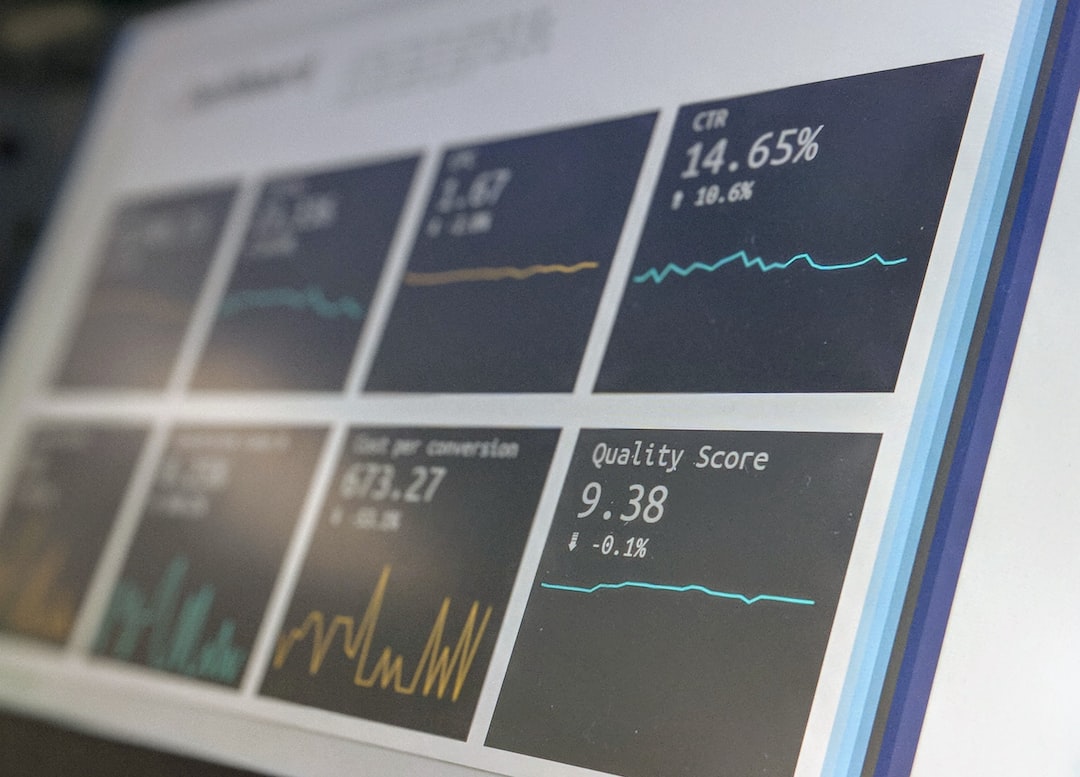Setting a stop loss is an important part of forex trading. It is a risk management tool that helps you limit your losses if the market moves against your position. Without a stop loss, you run the risk of losing more money than you can afford, and your trading account can be wiped out in a single trade.
Here are some key steps to setting your stop loss in forex:
1. Determine your risk tolerance
Before you set your stop loss, you need to determine your risk tolerance. This is the amount of money that you are willing to lose on a single trade. Your risk tolerance will depend on your trading strategy, your account balance, and your personal financial situation.
For example, if you have a small trading account, you may want to set a tighter stop loss to limit your losses. On the other hand, if you have a larger account, you may be able to tolerate a wider stop loss.
2. Identify your entry and exit points
Once you have determined your risk tolerance, you need to identify your entry and exit points. These are the price levels at which you will enter and exit the market. Your entry point will depend on your trading strategy and the market conditions. Your exit point will be where you take your profits or cut your losses.
3. Choose a stop loss level
After you have identified your entry and exit points, you need to choose a stop loss level. This is the price level at which you will close your position if the market moves against you. Your stop loss level should be based on your risk tolerance and the market conditions.
There are several ways to choose a stop loss level. One method is to use a percentage of your account balance. For example, if you have a $10,000 account and your risk tolerance is 2%, your stop loss would be $200. Another method is to use a technical indicator, such as a moving average or a support level, to set your stop loss.
4. Place your stop loss order
Once you have chosen your stop loss level, you need to place your stop loss order. This is an order that will automatically close your position if the market reaches your stop loss level. You can place your stop loss order when you enter the market or after you have entered the market.
There are several types of stop loss orders, including a market order, a limit order, and a trailing stop order. Each type of order has its own advantages and disadvantages, and you should choose the type of order that is best for your trading strategy.
5. Monitor your trade
After you have set your stop loss, you need to monitor your trade to make sure that it is working as intended. If the market reaches your stop loss level, your position will be automatically closed, and you will be out of the trade.
If the market moves in your favor, you may want to adjust your stop loss to lock in profits or to minimize your losses. This is called a trailing stop loss, and it is a way to protect your profits while giving your trade room to move.
In conclusion, setting a stop loss is an essential part of forex trading. It helps you manage your risk and protect your trading account from excessive losses. By following the steps outlined above, you can set your stop loss effectively and increase your chances of success in the forex market.





